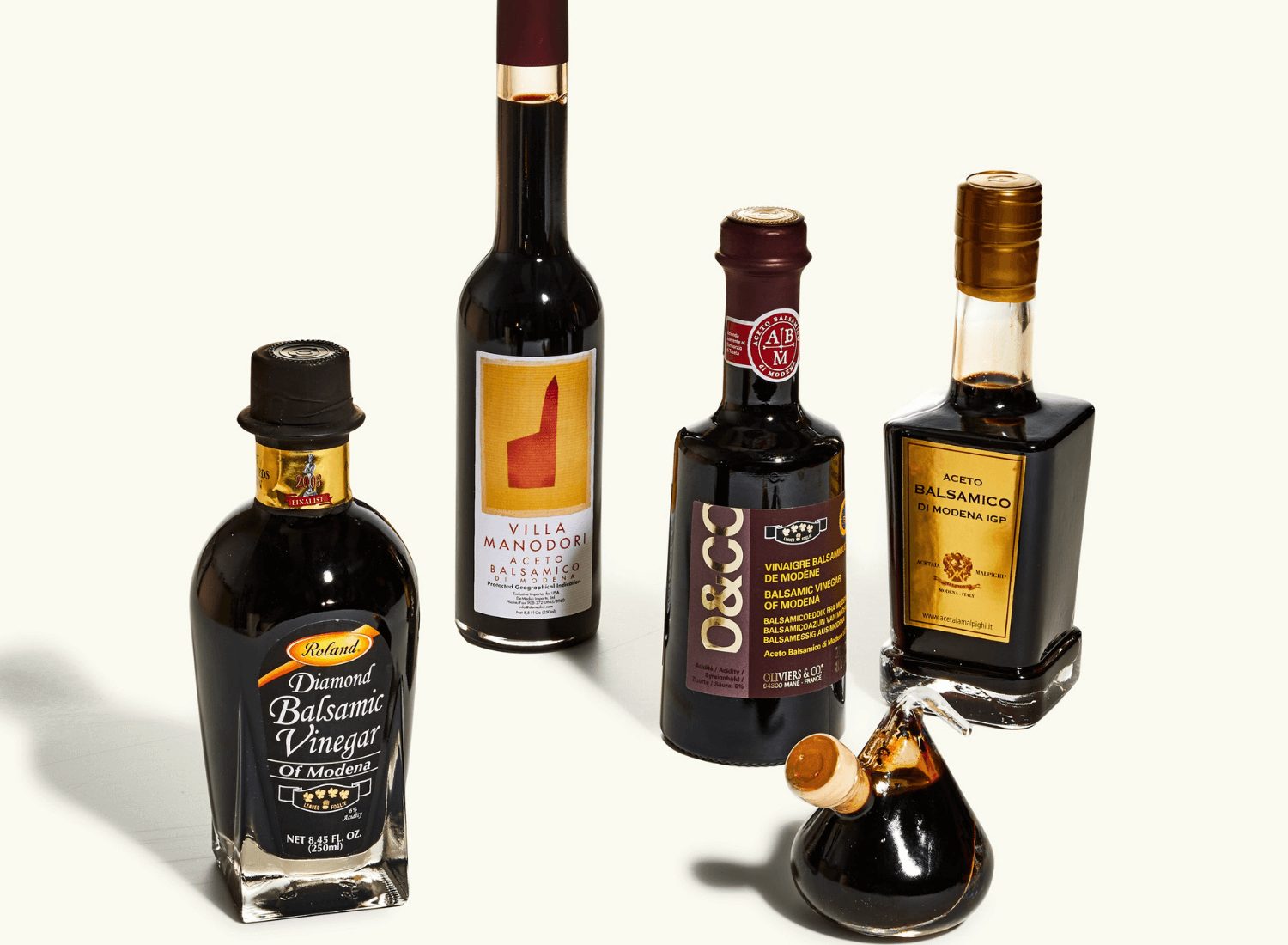Kimchi has recently been all rage. It is a national dish for both North and South Korea. Thanks to the Mukbangers of YouTube, this Korean dish has welcomed a fair share of international fans. But what is it about this Kimchi that has people so enticed? And can you make it with your brand of amazing? Well, keep reading to find out more about the art of Kimchi-making.
Origin Of Kimchi

The art of making Kimchi can be traced back to as far back as 37 BC. Refrigerators were definitely not a thing back then, so people pickled literally anything they could get their hands on. Pickling became a prevalent method as Buddhism spread the vegetarian lifestyle in the eastern and Southeastern parts of Asia.
Koreans, specifically, made Kimchi in winter. Surprisingly though, the Kimchi from that era was not spicy at all. Chili peppers are a prime ingredient in Kimchi now, but they were not so common before the 17th century. Only when the Portuguese introduced the spice to East Asia, did the spicy Kimchi come to be integrated in the art of Kimchi.
Kimchi can be made with a wide array of veggies and oils. Here are some of the more popular varieties.
Types of Kimchi
The type of Kimchi and the art of Kimchi making is unique to several districts of South Korea. There are 100 different types of Kimchi as listed in the official tourism site of Korea.
1. Baechu Kimchi

One of the most popular forms of Kimchi of Koreans across the world, the Baechu is made of uncut and salted cabbage. It is spiced with Korean chili powder, garlic, fish sauce, aromatic vegetables, and a wide array of spices.
The filling is saltier and more overpowering depending on the region. It is packed between the crisp and delicious leaves of the Nappa cabbages. You can also indulge in a little sweetness by adding sugar, honey, fruit syrup, etc for an exquisite experience.
2. Kkakdugi Kimchi

Like the Baechu Kimchi, the spices in the regular Kkakdugi are the same. The only difference is the usage of diced, crispy, and fresh radish which is flavored with spring onions and garlic. It is usually eaten when the radish is crunchy.
There are, of course, variations to the Kkakdugi depending on the occasion and the region. But is a favourite of the natives all the same.
3. Eggplant Kimchi

The eggplant is not favoured by many, especially since we have been force fed by our moms. But the eggplant Kimchi is just that good, you will want to have it with every meal. Typically, this Kimchi is made during the autumn months and seasoned with chili pepper paste for a kick of spice.
It is also easy to make and very light on the gut. A little something to keep in mind would be to use authentic Korean chili pepper paste (Gochujang) for the seasoning to make it extra delicious.
4. Kkaennip Kimchi or Sesame Leaf Kimchi

Using Perilla or Sesame Leaf in a Kimchi might seem unusual, but it explains why there are so many variations to it. The spicy pickled leaves will leave a pleasant aftertaste in your mouth. The robust aroma and refreshing flavor of the Kimchi will overpower any fishy or pongy smell when eaten with any seafood or meat dish.
It is also full of nutrients that will make binging on it worthwhile. Perilla leaves are also great for the skin, so hey, isn’t it a win-win?
5. Oi Sobagi or Cucumber Kimchi

Great for spring or summer days, the Oi Sobagi will be a favorite of yours to beat the heat. It is a light and invigorating banchan (translation: side dish) for eating with a heavy meal or even on its own. It is a great Kimchi to make as it will not take a long time to ferment during the humid months of summer.
So, you can have the delicious Kimchi as soon as you want. It also can be eaten right away as it is not necessary to be fermented. The taste is a crisp, summer rain and will cool you down and ease your gut.

A traditional Kimchi looks intimidating enough to have us closing the tab and meditating. But it could be simpler and a lot more fun if customization is involved. There is a myriad of variations to the Kimchi, owing to how far the art of kimchi-making goes.
But there is always room for something new to be added. The modern cooking scene has opened new possibilities for every dish. Kimchi has become customizable as well with flavors like pineapple, apple, gold, etc. Any type of vegetable can be made into a delicious Kimchi dish. So, get up to making the art of Kimchi your own.
Read also – 15 Most Popular Foods to Eat in Amsterdam



